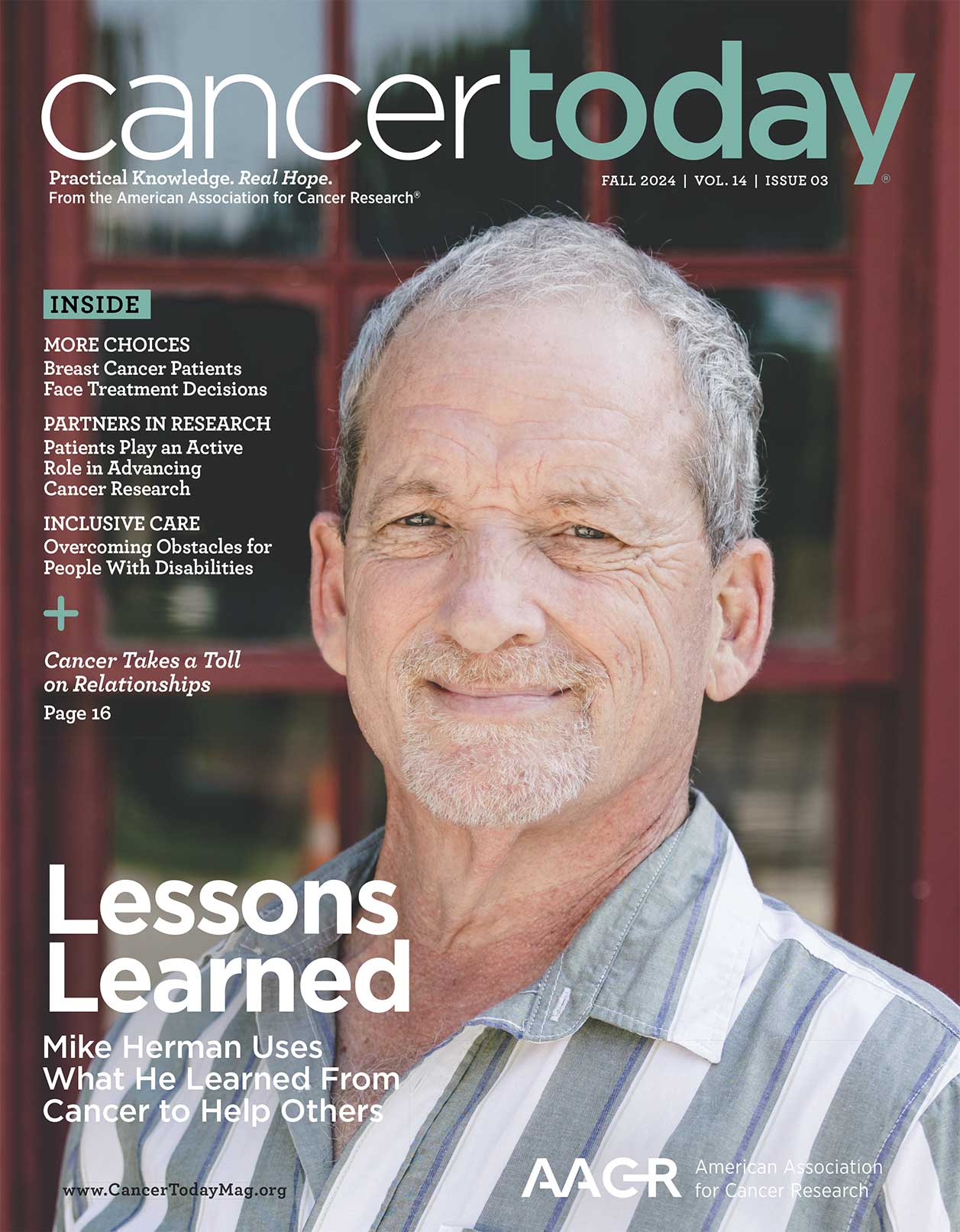Ovarian cancer is one of the less common cancers—yet one of the most deadly. To date, efforts to develop a good screening test have not been successful. But researchers have made headway in identifying factors that may increase or decrease a woman’s chance of developing the disease. Now, a group of researchers has used this information to generate profiles of women whose risk is higher than average. In the future, these profiles may help doctors determine which of their patients should be monitored closely or consider risk reduction strategies.

Photo by Darya-G / iStock
A woman has a 1 in 75 (1.3 percent) chance, on average, of developing ovarian cancer in her lifetime. Previous studies have identified lifestyle and genetic factors that increase or decrease this risk. The researchers included six of those in their study. Three—taking birth control pills, giving birth and having a tubal ligation (commonly referred to as “having your tubes tied”)—reduce risk. Two—endometriosis and having a first-degree relative (a mother, sister or daughter) who had ovarian cancer—increase risk. Also included was a genetic risk score based on 11 common genetic variants that studies have associated with a change in ovarian cancer risk. (The BRCA1 and BRCA2 genetic mutations, which are associated with a high ovarian cancer risk, were not included.)
By combining these risk factors, the new study, published in the April 2015 Cancer Epidemiology, Biomarkers & Prevention, determined that not all women with a higher-than-average (4 to 9 percent) risk of developing ovarian cancer have a family history of the disease. Women without a family history may not think of themselves as being at higher risk, says Celeste Leigh Pearce, an epidemiologist at the University of Michigan School of Public Health in Ann Arbor, who led the study. Pearce says that, if identified, these women could consult with a physician about how to reduce their risk.
The American Cancer Society estimates that 21,290 women will be diagnosed with ovarian cancer in 2015 and 14,180 will die from the disease. If ovarian cancer is diagnosed when the tumor is still in the ovary, a woman has a 92 percent chance of surviving five years. But most women—60 percent—are diagnosed after the cancer has metastasized, when the five-year relative survival rate drops to about 28.5 percent.
Mark Pearlman, a gynecologist at the University of Michigan Health System in Ann Arbor who treats women at high risk for ovarian cancer and was not involved in the study, praises it for reminding women and their doctors that birth control can reduce the risk of ovarian cancer—providing about a 50 percent risk reduction after five years of use. “We need to have more reminders that it’s actually great to know you’re at increased risk because there are relatively straightforward things you can do to reduce it,” says Pearlman.
Cancer Today magazine is free to cancer patients, survivors and caregivers who live in the U.S. Subscribe here to receive four issues per year.




